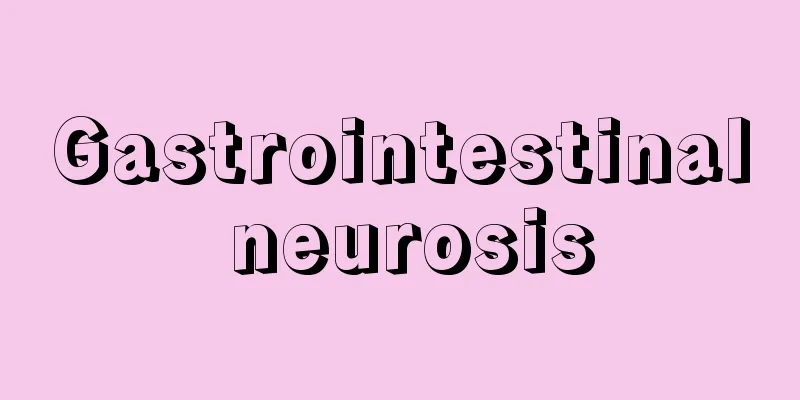What is the best food to lower cholesterol?

|
If the cholesterol level is too high, it may cause various cardiovascular and cerebrovascular diseases. Therefore, once it is found that cholesterol is higher than normal, it is necessary to actively control it through daily diet. For example, use edible oil instead of animal oil in cooking, eat more vegetables and fruits and less fish and meat, etc., arrange three meals a day reasonably, and develop good dining habits. So, what is the best way to lower cholesterol? We believe that patients can consider the following aspects: 1. Eat less or no foods with extremely high cholesterol content, such as animal offal and egg yolks, and control the cholesterol intake in your diet (less than 300 mg per day). 2. Eat less fatty meat and animal oil to reduce the intake of saturated fat. Saturated fat is widely found in meat, eggs, and dairy products, especially in fatty meat, animal oils, and offal. Saturated fat has the effect of increasing low-density lipoprotein cholesterol (LDL-C) in the blood, and its effectiveness is even greater than that of cholesterol itself. 3. Eat more vegetables, fruits, fungi and algae foods, such as konjac, fungus, kelp, wakame, onion, pumpkin, sweet potato, etc. These foods are rich in dietary fiber and help the excretion of cholesterol. 4. The monounsaturated fatty acids contained in olive oil, tea oil, corn oil and rapeseed oil have the effect of lowering low-density lipoprotein cholesterol (LDL-C). It can be consumed in daily diet together with vegetable oils such as soybean oil and peanut oil. 5. Fish oil and lecithin have the effect of lowering blood lipids, but their effect is mainly aimed at increased triglycerides, and their effect on lowering cholesterol is smaller (of course, it is still useful). 6. Although antioxidant ingredients such as vitamin C and vitamin E cannot directly reduce the cholesterol in the blood, they help reduce the harm of cholesterol to blood vessels. Diet to prevent high cholesterol 1. Start the day with whole grains Eating just one bowl of oatmeal porridge for breakfast every day for eight weeks can reduce the level of "bad" cholesterol in the blood by 10% and increase the level of "good" cholesterol. Oats are rich in soluble and insoluble fiber, which can prevent the absorption of cholesterol and fat in the gastrointestinal tract, thereby reducing blood fat and cholesterol. Whole grains include corn, brown rice, barley, and whole wheat flour. 2. Nuts that benefit the heart Want a small snack sometimes? Nuts are not only delicious, but they also help lower cholesterol. Nuts can lower "bad" cholesterol and leave "good cholesterol". Some studies show that people who eat about an ounce of nuts a day have a reduced risk of heart disease. Nuts are high in fat and calories, so just eat a small handful, and they should be sugar-free and chocolate-free. 3. Fruits and vegetables Five to nine servings of fruits and vegetables a day help lower "bad" cholesterol. These vegetables contain antioxidants, which are good for your health. And when we eat more fruits and vegetables, we eat less greasy foods. This all helps lower blood pressure and maintain a healthy weight. Adding plant sterols to foods such as bread, milk, and cooking oil can also help lower low-density lipoprotein. 4. Carbohydrates and fruits Two fists, that is, choosing starchy foods equivalent to the size of your two fists, such as steamed buns, flower rolls, rice, etc., can meet the daily carbohydrate needs. The daily amount of fruit required is equivalent to the size of a fist. 5. Eat more beans and less cakes People need carbohydrates for energy, but some foods are healthier than others. Whole grains such as brown rice, whole wheat pasta, and beans are rich in fiber, provide energy and help lower cholesterol. Other carbohydrates such as white bread, fried potatoes, white rice, and pastries quickly raise blood sugar but are not filling, which may cause people to overeat. Other ways to treat high cholesterol Thirty minutes of physical activity five days a week and 20 minutes of vigorous exercise three times a week, such as jogging, can help lower LDL and increase HDL. More exercise is definitely better. It can also help you stay in shape and reduce the risk of clogged arteries. If you don't have the full 30 minutes, you can finish it in three 10-minute segments. |
<<: Dietary considerations during the recovery period of Henoch-Schonlein purpura
>>: What to do if cholesterol is high, how to control it through diet
Recommend
What is metastatic liver cancer?
What is metastatic liver cancer? Metastatic liver...
What medicine can pregnant women use for inflammation
Vaginitis is a common symptom for many women duri...
How much does chemotherapy for breast cancer cost
The emergence of many diseases has brought a lot ...
What to do if your face becomes stiff after face-lift injections
Although face-slimming injections are good and ca...
How to reduce internal heat after eating too much longan?
Longan is a relatively common food for us. It tas...
Cervical cancer chemotherapy and radiotherapy chart
At present, the main treatments for cervical canc...
What happens if you wash your face with alkaline water?
We all know that the quality of water depends on ...
Is there a relationship between pregnancy and breast cancer?
When older mothers are preparing for pregnancy, t...
What to do if your ankle hurts while running
Nowadays, many people like to run to exercise. So...
What to do if your nose is burned
If you don't pay attention in your daily life...
What are the specific clinical symptoms of kidney cancer
In recent years, kidney cancer has become one of ...
Things to note about transient ischemic attack
There are many aspects of transient cerebral isch...
Why is crab roe bitter?
Crabs are now available in large quantities in th...
What can I drink in water to remove moisture?
The current weather will make people's bodies...
How long can one live with hereditary nephritis
Chronic nephritis is not a hereditary disease, bu...









